waterlilly
Brilliant_Rock
- Joined
- Mar 31, 2007
- Messages
- 955
another newbie gem stone question:
Providing I like the patterns I see in an asscher cut gem, is there a general guideline for the dimensions of this cut? I saw one that was 1.92cts and the dimensions were 6.7 x 6.7 x 4.2. Is there a sort of quick & dirty formula for ct size and what proportions the dimensions should be for a gem that will perform well?
Providing I like the patterns I see in an asscher cut gem, is there a general guideline for the dimensions of this cut? I saw one that was 1.92cts and the dimensions were 6.7 x 6.7 x 4.2. Is there a sort of quick & dirty formula for ct size and what proportions the dimensions should be for a gem that will perform well?


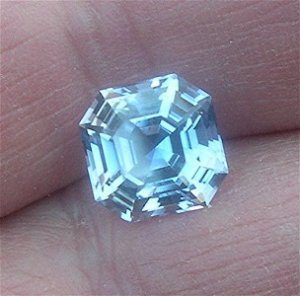
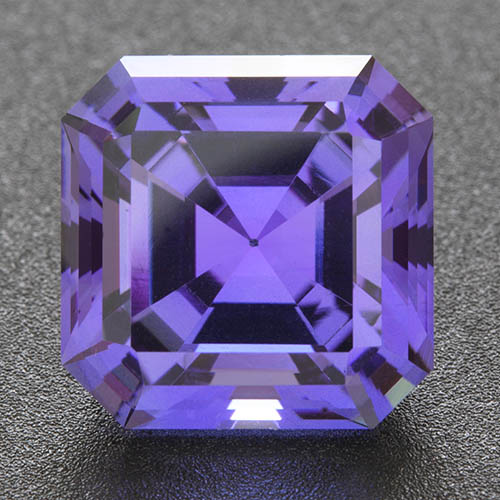

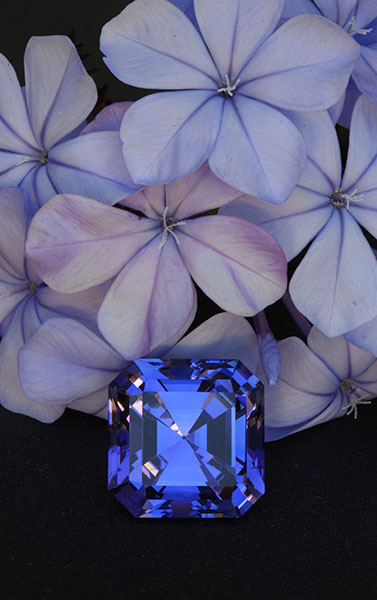

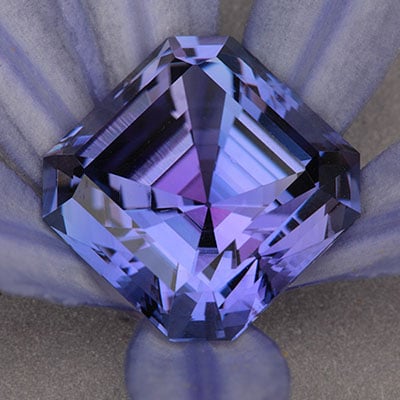

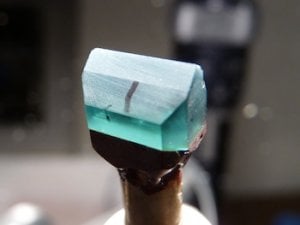




300x240.png)